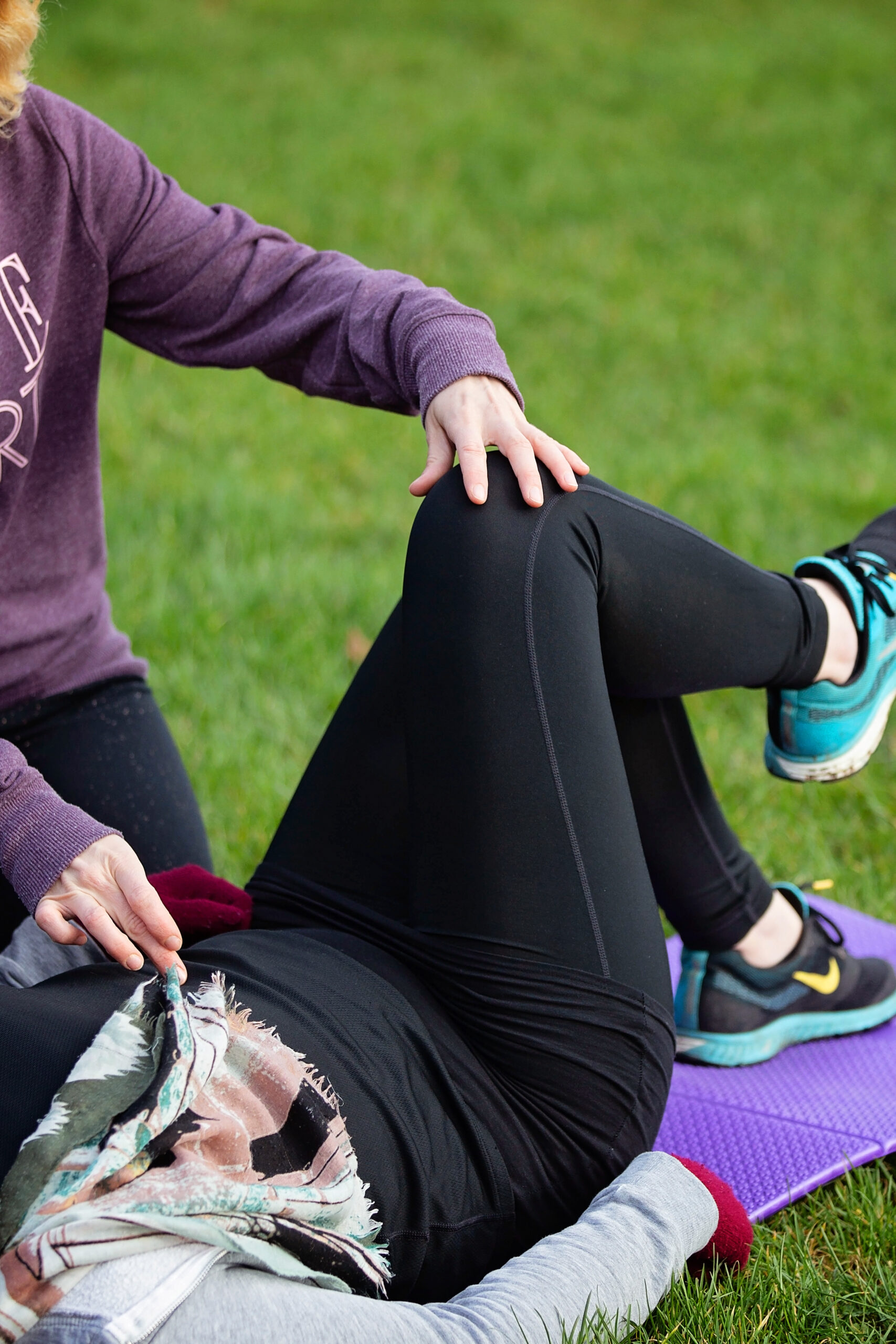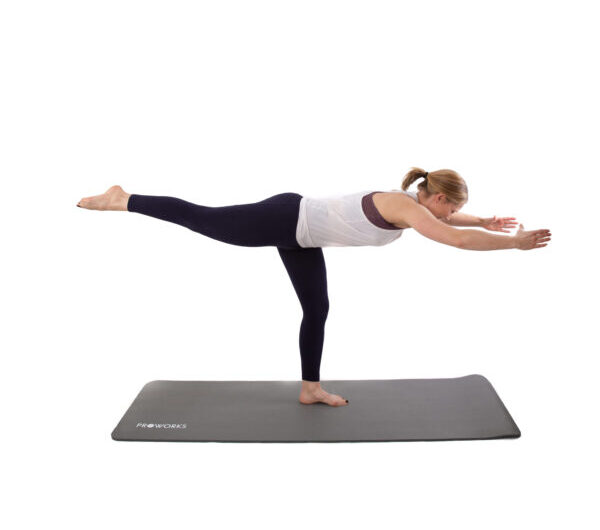
Diastasis Recti, Mummy Tummy, Poochy Belly, Core Dysfunction??
How do you feel about your tummy? Is it a cause of concern or discontent for you? Would you know how to check it is working well?
I want to share with you a little about our tummies, specifically a postnatal tummy (and yes that includes even 20 years postnatal!)
So what is it?
The proper term if a tummy hasn’t healed properly is Diastasis Recti. This the partial or complete separation of the rectus abdominis, or “six-pack” muscles, which meet at the midline of your stomach. It is very common during and following pregnancy because the uterus stretches the muscles in the abdomen to accommodate your growing baby. The condition isn’t limited to pregnancy, though. It can affect anyone, including newborn babies and men. In some cases, it can result from lifting heavy weights incorrectly or performing excessive or unsafe abdominal exercises.
Our separated tummy muscles should move back together after birth and often will heal well in the midline, however this is not always the case and many women have ongoing ‘core’ issues, with no real idea why. Women don’t know how to assess themselves and how to then help it recover.
It is difficult to say why one woman will experience ongoing separation while another heals well. Having twins and multiple pregnancies does seem to create a higher risk to having a diastasis after the initial recovery process. It is important to note too that there can be quite a wide range when it comes to diastasis, from a well functioning slight gap, to a large gap that lacks any kind of real connection and integrity.
What are the symptoms?
The most common symptom of diastasis recti is a pooch or bulge in your stomach, especially when you strain or contract your abdominal muscles. Additional symptoms include:
- lower back pain
- poor posture
- constipation
- bloating
- Incontinence/pelvic floor issues
Often women start exercising or dieting to lose their ‘mummy tummy’ only to find it doesn’t help, makes it worse, or they start to experience pain somewhere.
How do I know if this is my issue?
There is an easy way to asses your tummy and I have included a video to talk you through it here.
So what can I do about it?
What you are looking for when it comes to healing a diastasis is re-establishing core connections. This means getting the different bits of your core (your diaphragm, tummy, back and pelvic floor) to communicate to each other. It means using exercises that specifically target your Transverse Abdominis muscle but it also means knowing how to activate our pelvic floor muscles and how to breathe well. My video includes a starter exercise to get you going.
Is there anything I shouldn’t be doing if I have a diastasis?
The answer to this question is- anything that makes your tummy dome, pooch or bulge. If you cannot draw your midline in or keep it flat while carrying out an exercise, the likelihood is that it is too much for your core right now. Things like planks, crunches, press ups and sit ups all place pressure in your core and if it doesn’t have the integrity to cope with the pressure, you will experience bulging, perhaps leaking or pain, and likely be working your back muscles more than anything. You can get back to these exercises at some point though, once you have the basics nailed!
What about Pilates?
Pilates can be beneficial for a diastasis however you absolutely should follow the modifications and take your time with the exercises to ensure you are activating the right muscles in the right way at the right time. Any bulging, doming or pooching means you have increased the difficulty too quickly and you need to take an easier option for now. Some Pilates classes may be targeted at an audience without regard for a condition like Diastasis so do ensure you have a good instructor who is trained in women’s health, like us!
Will it go away completely?
Closing the gap completely isn’t the goal of treatment. Optimal function is. You might find the gap reduces significantly but there still remains a finger or two gap at your midline. As long as there is good tension, activation and function, it is classed as a healed diastasis. Other results to look out for are improved tone and appearance, reduction of symptoms, and generally feeling strong again.
What if I need some more help?
If you think you might have a diastasis, or you are experiencing any of the mentioned symptoms then please do seek some advice and treatment. It is never too late to improve in this area. Send us a message at sarah@gracehealth.co.uk or book an appointment with a local Women’s Health Physiotherapist or Holistic Core Restore Coach.
Importantly, listen to your body. If it isn’t happy it will soon let you know.



No Comments
Sorry, the comment form is closed at this time.